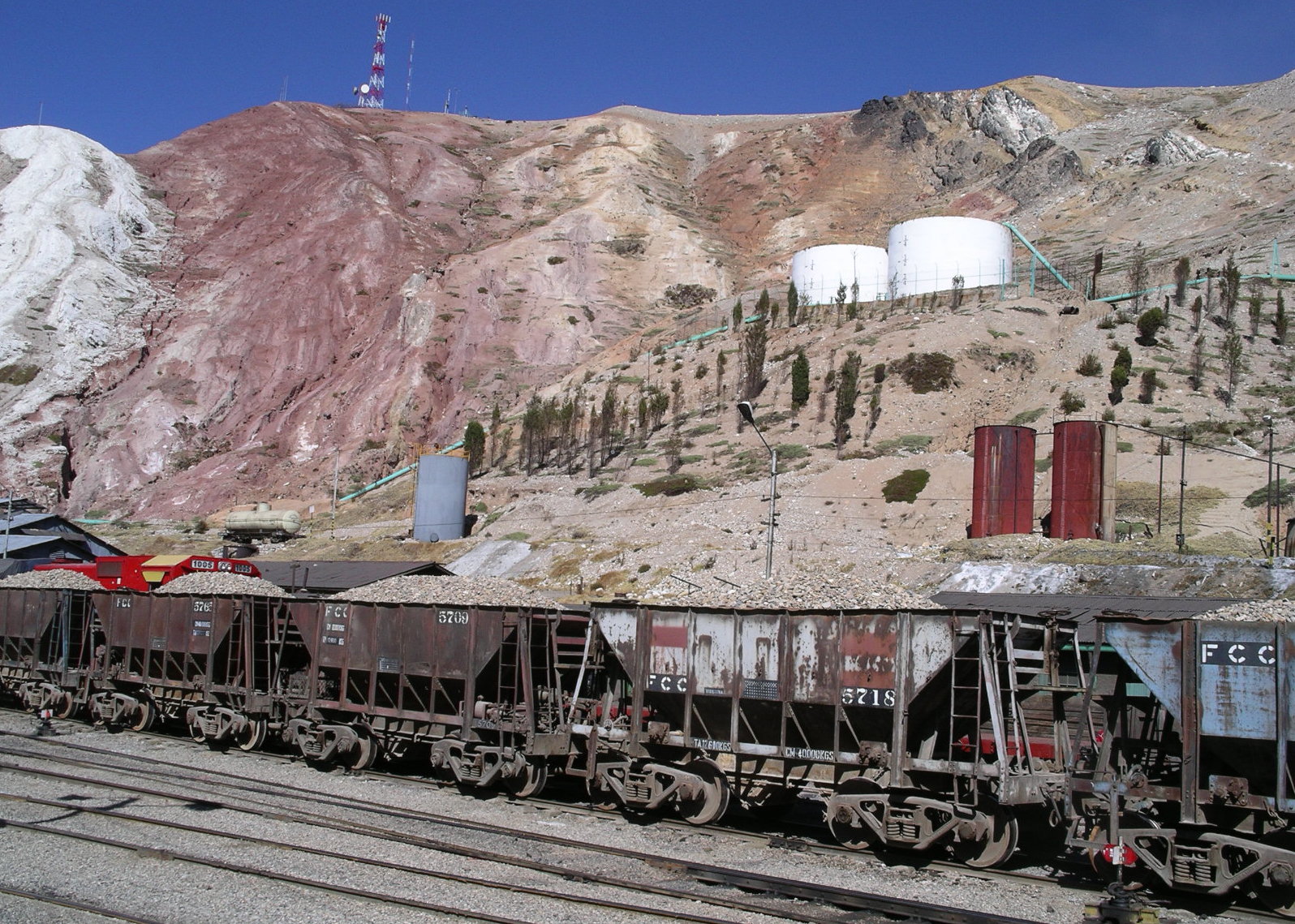
The Inter-American Court of Human Rights (IACHR) on March 22 conducted notification of judgment in the case of Comunidad de La Oroya v. Peru, addressing the Peruvian state’s responsibility for damages suffered by 80 residents of La Oroya district, Junín region. The IACHR ordered the payment of compensation to the victims for damages incurred.
In December 2002, a group of residents of La Oroya filed a compliance lawsuit against the Ministry of Health and the General Directorate of Environmental Health (DIGESA). The community argued that the company managing La Oroya Metallurgical Complex (CMLO) failed to comply with environmental protection standards, leading to extremely high levels of leadand other contaminants in the blood of children and pregnant mothers in the community.
In 2006, the Peruvian Constitutional Court ordered the adoption of measures to protect the community. However, in 2020 the IACHR indicated that, more than 14 years after the court’s decision, there was no evidence that the state had taken effective measures to fully implement the judgment.
In its judgment, the IACHR affirmed the Peruvian state’s international responsibility for violating the right to a healthy environment for the residents of La Oroya. The court noted that Peru, despite being aware that CMLO generated high levels of pollution, did not fulfill its obligations to protect the rights of the local population.
It likewise concluded that the state is responsible for the modification of the maximum permissible values of sulfur dioxide in the air in 2017, which constituted a deliberately regressive measure that violated the obligation of progressive development regarding the right to a healthy environment under Article 26 of the American Convention on Human Rights.
The IACHR ordered Peru to provide, free of charge, medical and psychological treatment to the victims in the case, as well as ensure a specialized healthcare system for symptoms or diseases related to exposure to pollutants. Additionally, the Peruvian state is instructed to compensate the victims monetarily, proportional to the degree of impact and vulnerability of each individual.
The case of La Oroya is one of the most documented in the field of environmental pollution. In 2006, La Oroya was classified as one of the 10 most polluted places in the world.
From Jurist, March 23. Used with permission.
See our last report on La Oroya.
Photo: Maurice Chédel via Wikimedia Commons




